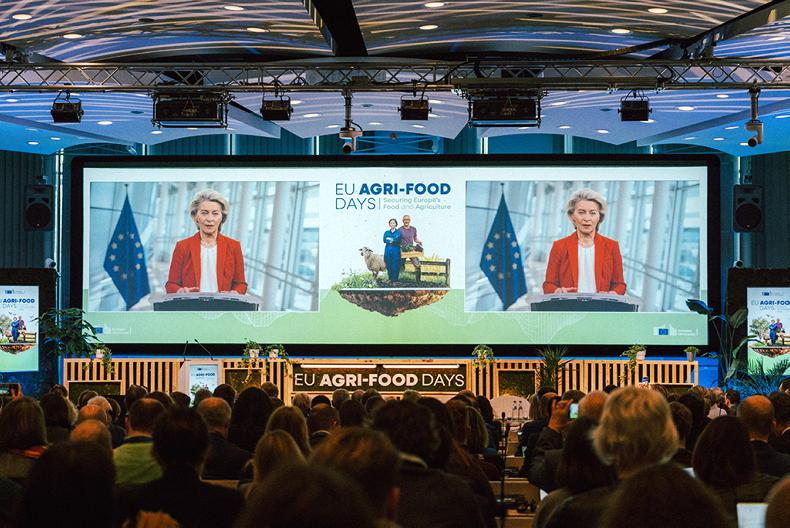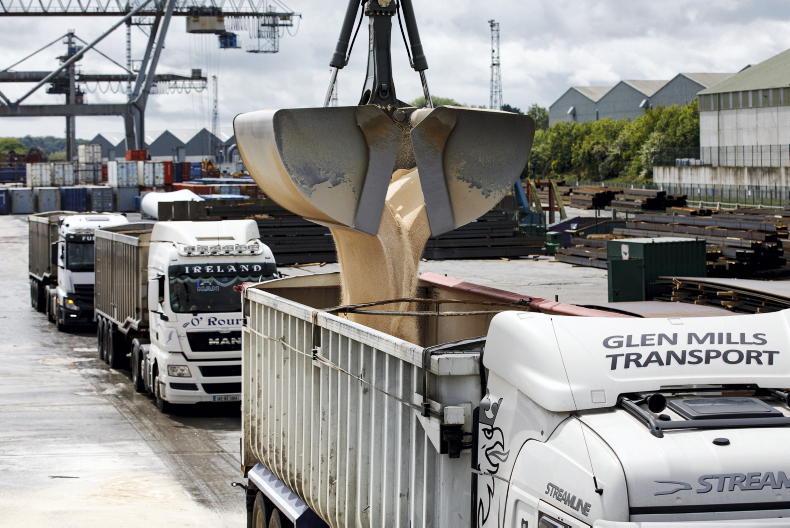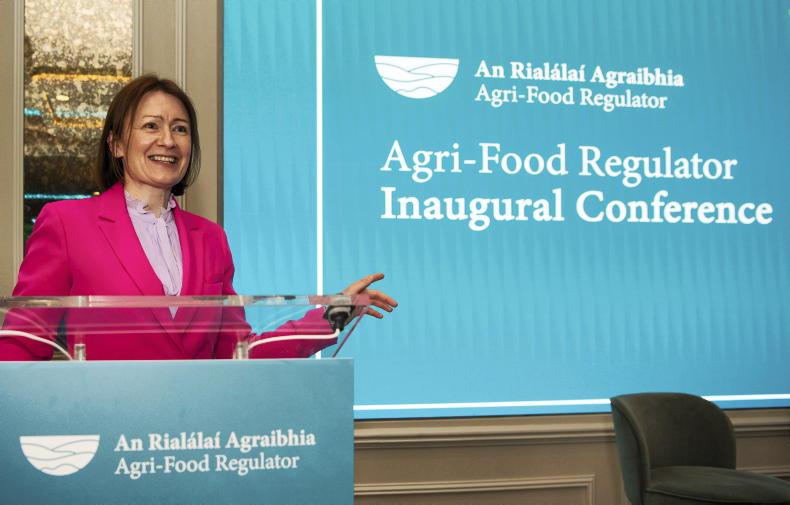The average cost of food items only rose 3.6% between 2012 and 2021 in Ireland, the lowest cost rise of all EU member states.
Food prices then increased 8.2% in 2022, although this still left Ireland’s medium-term food price trend well below other western European member states.
Relative to other member states, Ireland is still the most expensive for food goods, although it remains only marginally dearer than the overall EU average.
The 2022 rise in food prices was put down to higher fertiliser costs for farmers, higher shipping costs after the supply chain wound down during COVID and increased energy costs.
Affordability
The report also shows that Irish consumers spend a smaller proportion of their income on food than any other EU member state.
Ireland was the only member state where more money was spent on eating out than buying food to be prepared at home.
Around one in every six households in the EU were unable to afford food – this is defined as being unable to afford a meal with meat, fish or a vegetarian equivalent every second day in 2022.
However, Ireland shows the lowest proportion of households being unable to do so at approximately 2%, according to the report.
The equivalent for Germany is listed as being above 10%, just ahead of France.










SHARING OPTIONS